Shaping the engineering landscape for nearly a century
Over 90 Years of Delivering Excellence
Wilson & Company has been a steadfast beacon of excellence, shaping the engineering landscape for nearly a century. This is the story of resilience, vision, and the relentless pursuit of progress. Wilson & Company has not just survived; it has flourished, adapted, and grown stronger each decade because of our purpose and culture of Higher Relationships.
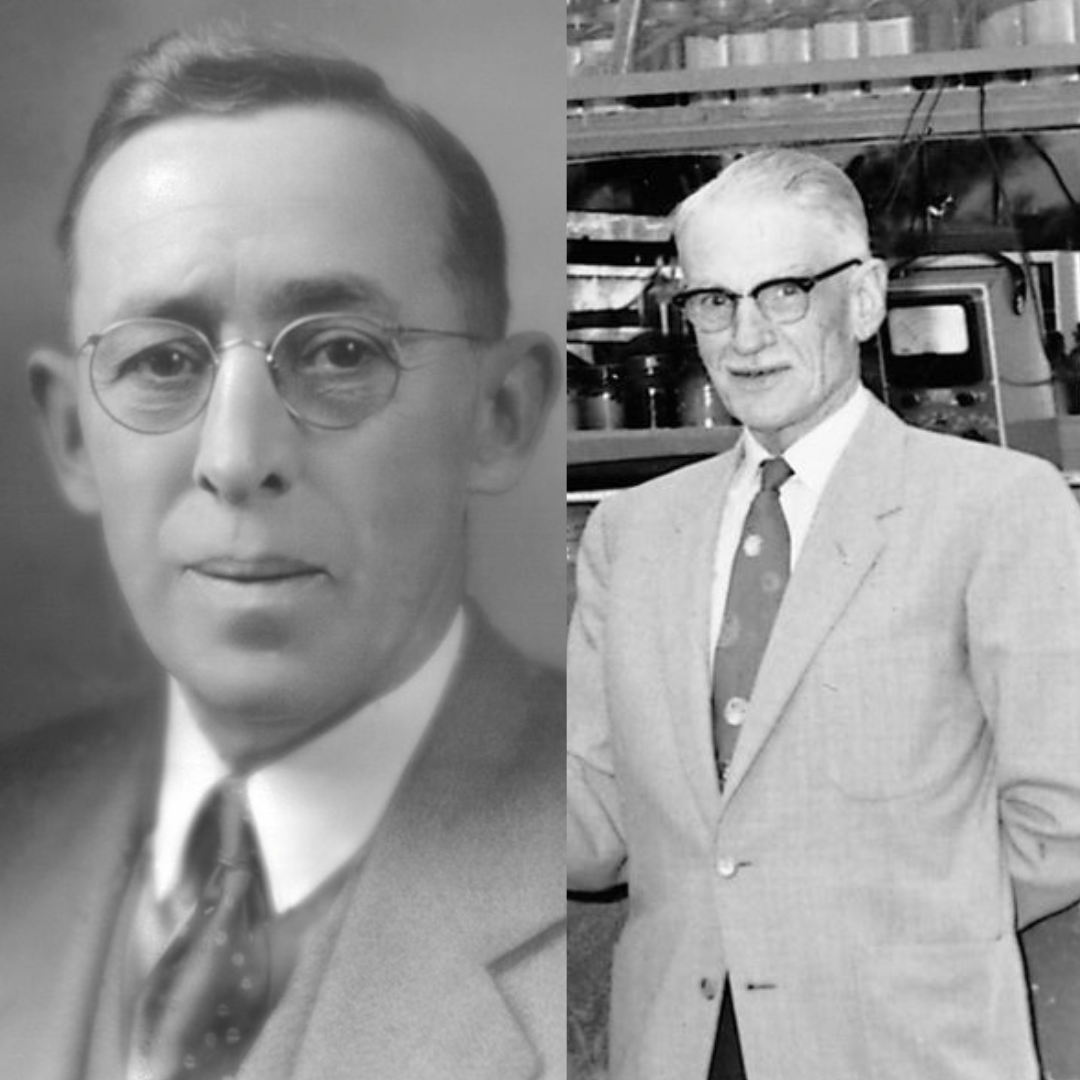
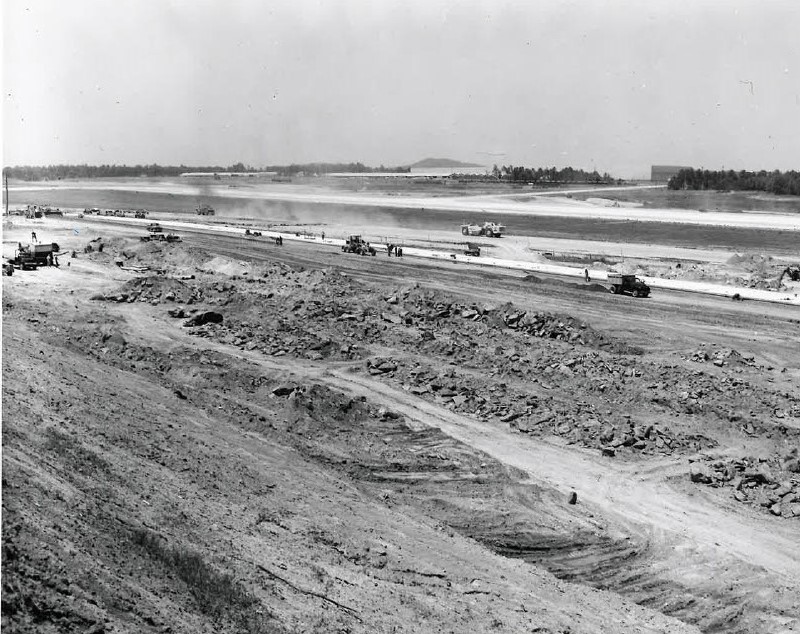
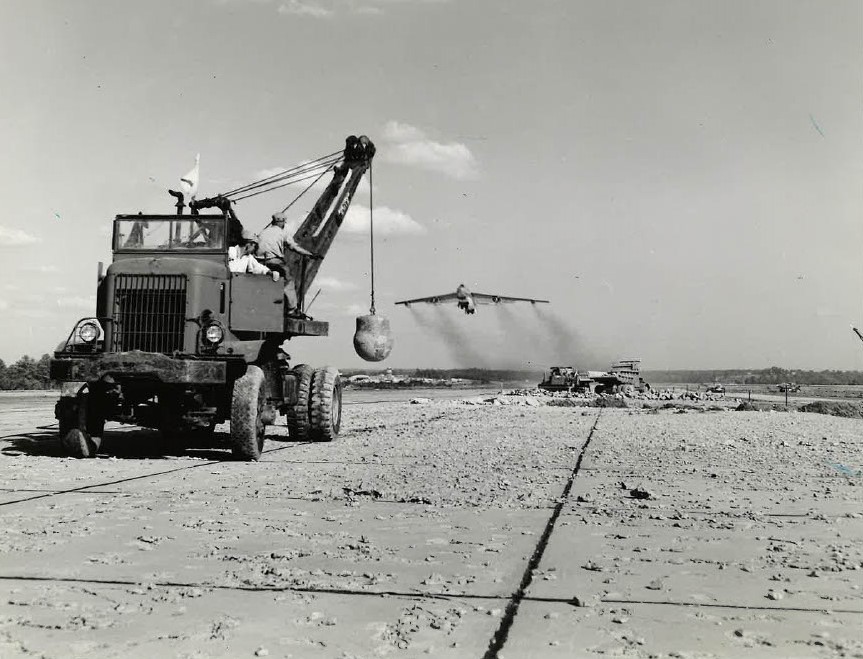
A by-product of the Korean conflict was a series of projects, including joint-venture responsibility for the design of McConnell Air Force Base at Wichita, Kansas; the rehabilitation of Schilling Air Force Base at Salina, Kansas; and Walker Air Force Base at Roswell, New Mexico.
In 1954, Wilson & Company was awarded design and construction management responsibilities for the Kansas Turnpike from Wichita south to the Kansas-Oklahoma border, fostering another growth phase. This project included the design of more than 100 bridges.
The Wilson & Company Chemical and Testing laboratory started operations in 1955 to provide specialized, accurate, and timely analytical information.
Wilson & Company’s capabilities expanded into designing and operating a pilot waste treatment project for Boeing Airplane Company in Wichita, Kansas.

The Interstate Highway program and LBJ’s “Great Society” improvement plan meant increased work for our engineers, city planners, and federal grant writers. Significant projects included Ft. Riley, 60 SAC Air Force bases, and dozens of flood control dams. (A small company airplane helped a growing staff cover a large territory).
In April 1963, the Kingdom of Saudi Arabia called upon Wilson & Company to design and build over 200 miles of highways and 130 bridges. The overseas affiliate of Wilson-Murrow won the design-build project that continued into the 1970s.
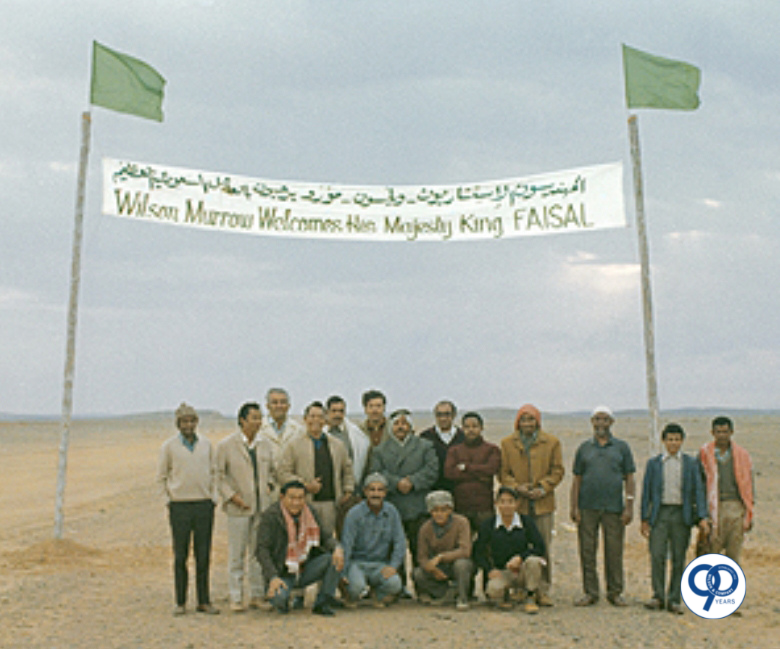

Wilson & Company survived and eventually thrived during this decade’s recession, opening offices in Colorado Springs and Phoenix.
Wilson Laboratories, the first commercial laboratory certified in Kansas, became a significant operation.
The growth of survey and mapping services and several large wastewater plan projects maintained our position as a strong company as we prepared to enter the 1990s.
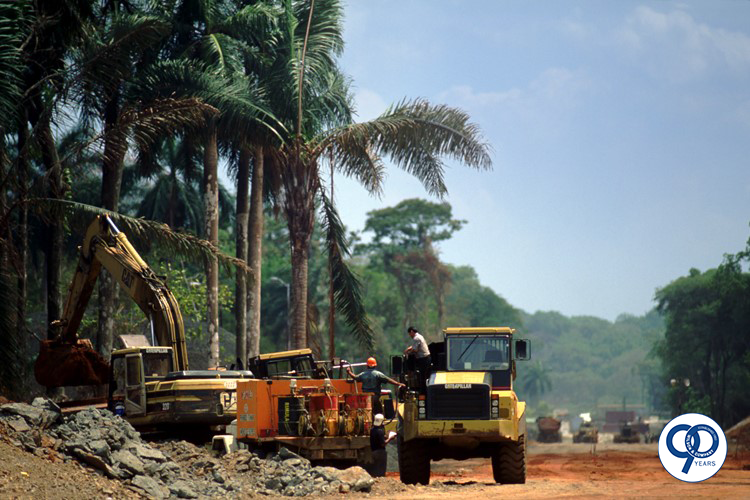
Wilson & Company pursued a steady strategy for growth. Various Latin American countries announced many railroad project opportunities due to railroad privatizations, spurring Wilson & Company’s interest in expanding its services south of the United States border.
Wilson & Company became involved in Latin American projects focused on railroads and other forms of transportation, environmental services including water and wastewater, and industrial development, notably the reconstruction of the Panama Canal Railway, which officially reopened service in November 2001.
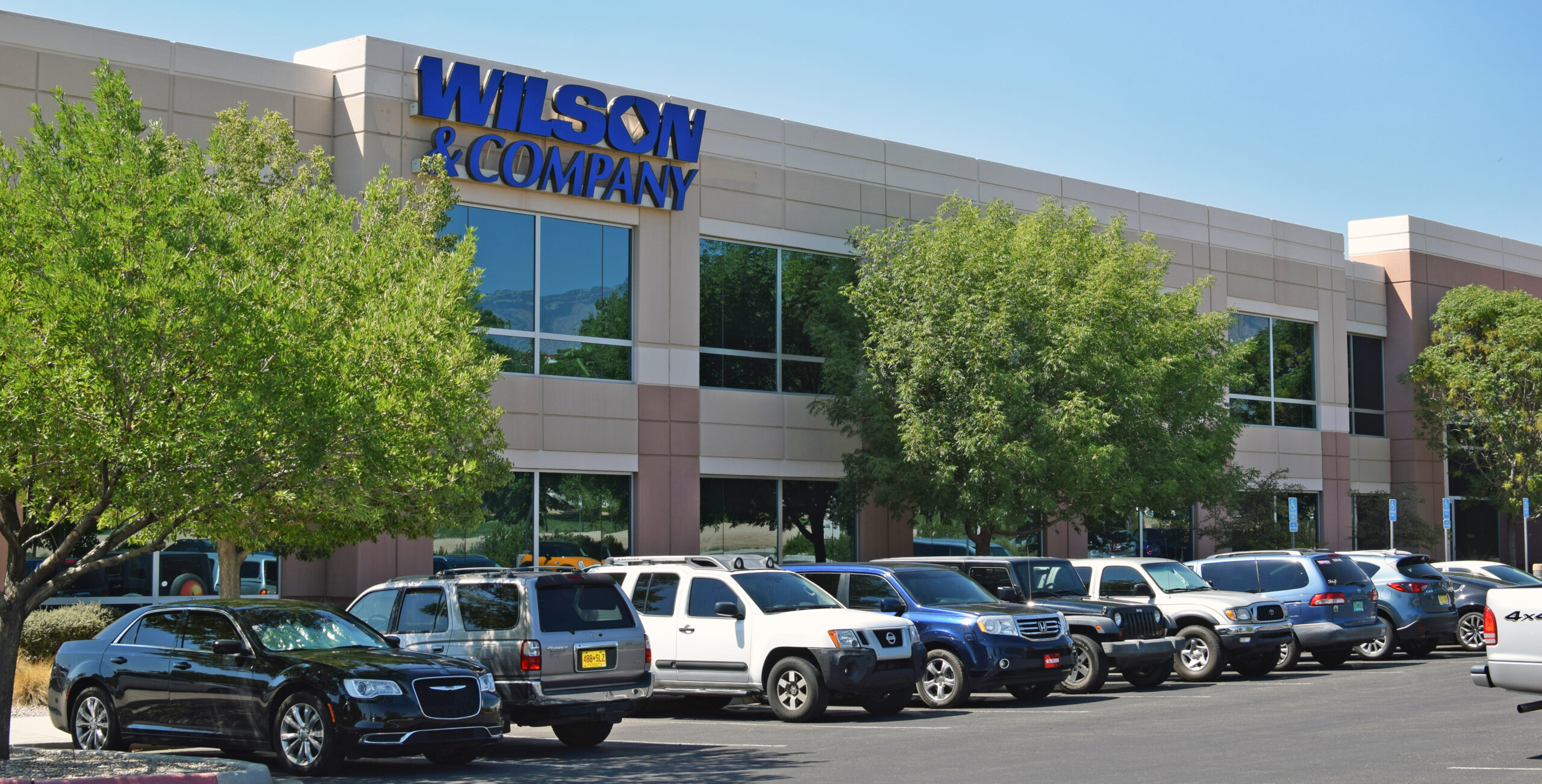
The 2000s continued to test and prove Wilson & Company’s resiliency. With change accelerating faster, Wilson & Company embraced a new corporate structure, explored new delivery methods, and entered new markets.
Wilson & Company also embraced alternative delivery methods such as design-build, construction management/general contractor (CM/GC), and engineering, procurement, and construction (EPC). By teaming with client owners, contractors, and other consultants, we explored innovative ways to deliver projects faster, with lower cost, and higher quality. We continued to enter new markets and offer new service disciplines, including acquiring Western Air Maps and creating Wilson Railway Inc. (Providing expertise to class I railroads and for public projects). Wilson & Company’s geographic reach extended throughout the West, Midwest, and Southeast.
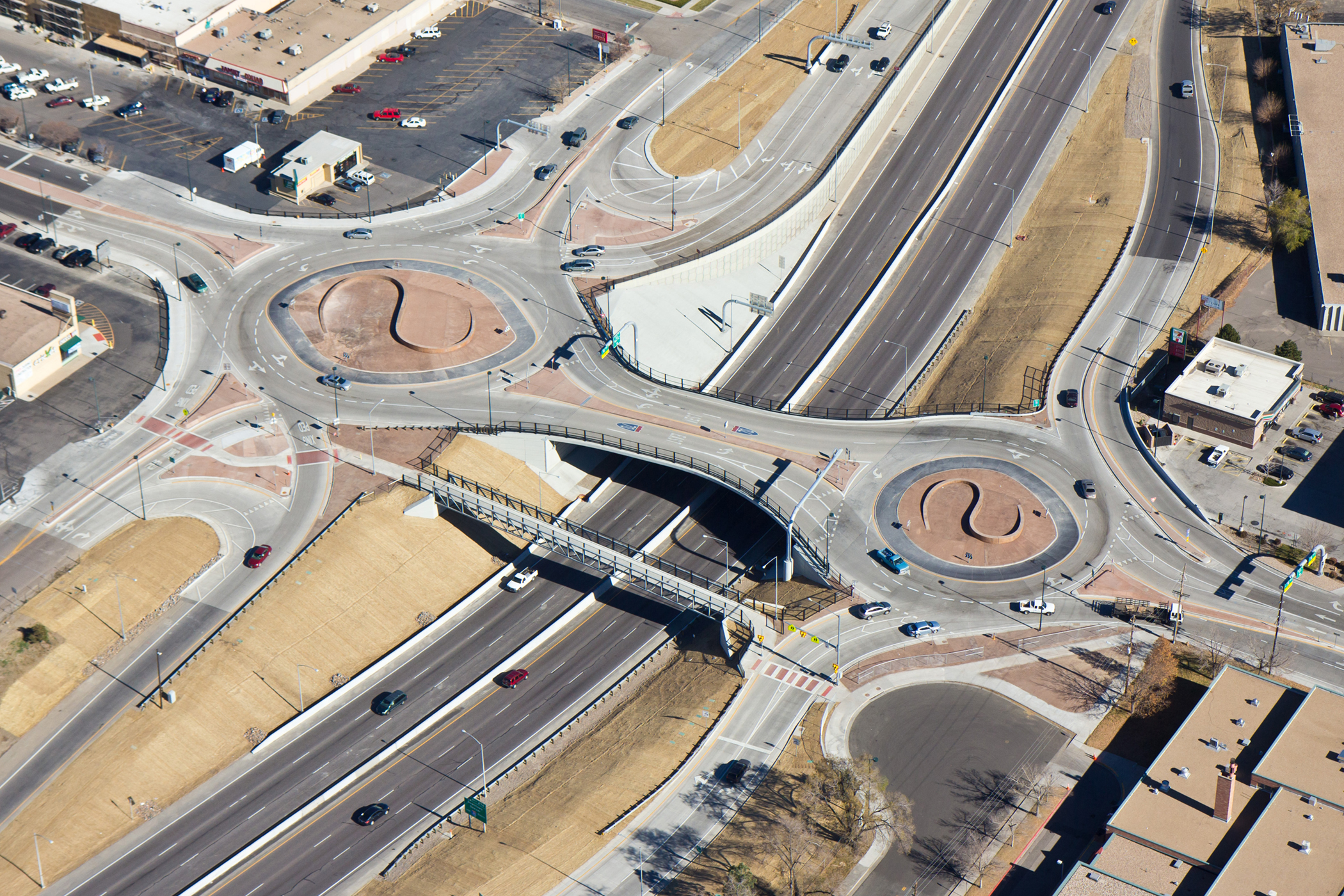
The first decade of the 21st Century ended, and the firm has not only survived the economic downturn but has shored up core areas of expertise, maintained a strong team of professionals, and built a healthy backlog in its diversity of clients and market sectors.
After significant external discussions with clients and internal surveys and discussions, we renewed our commitment to Higher Relationships, which is the principle and foundation of our excellent service delivery, ethics, and integrity. Higher Relationships describes who we are. Our business is all about relationships, and when we’re at our best, we do it better than anyone else.
In the mid-decade, we are focused on our core capabilities in highway and interstate transportation, municipal, education, private, tribal, and federal market sectors. We anticipate significant growth in many other markets and have developed strategic relationships with key clients in targeted areas.
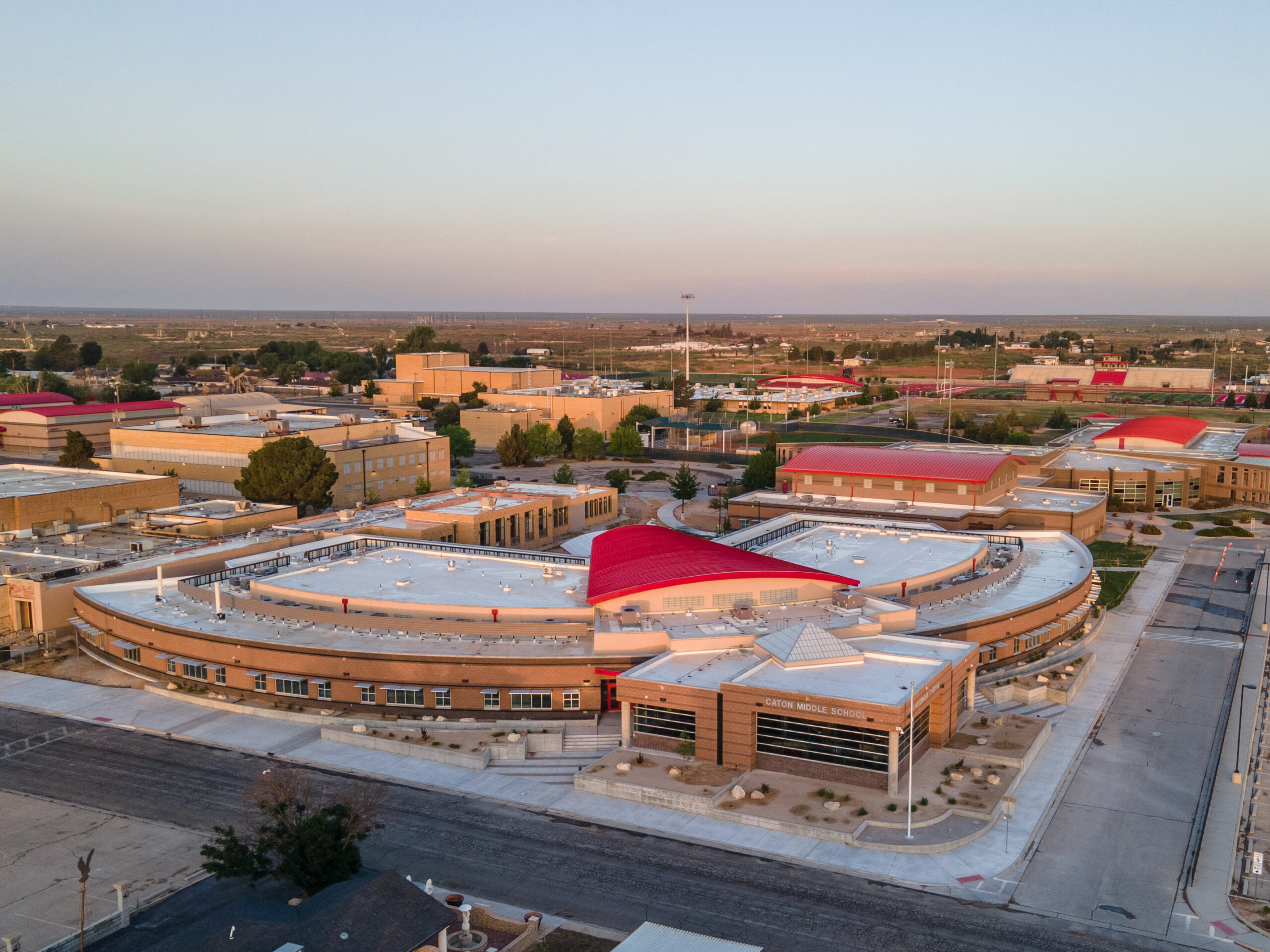
“We shall have change whether we want it or not. Whether it turns out to be progress depends on how we use those changes that appear to be inevitable, and toward what end we guide the changes as they develop.”
Murray A. Wilson, PE, “Change or Progress?” in The American Engineer, June 1962
